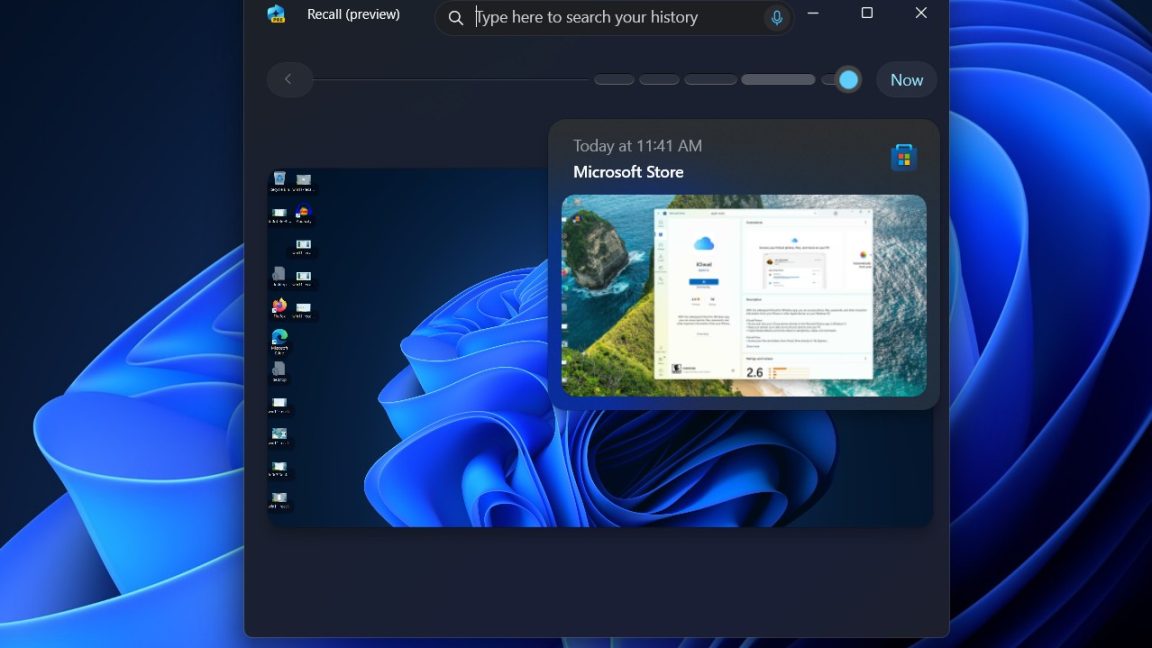Introduction to Adversarial Learning
The ability to execute adversarial learning for real-time AI security offers a decisive advantage over static defence mechanisms. The emergence of AI-driven attacks – utilising reinforcement learning (RL) and Large Language Model (LLM) capabilities – has created a class of “vibe hacking” and adaptive threats that mutate faster than human teams can respond. This represents a governance and operational risk for enterprise leaders that policy alone cannot mitigate.
The Need for Autonomic Defence
Attackers now employ multi-step reasoning and automated code generation to bypass established defences. Consequently, the industry is observing a necessary migration toward “autonomic defence” (i.e. systems capable of learning, anticipating, and responding intelligently without human intervention.) Transitioning to these sophisticated defence models, though, has historically hit a hard operational ceiling: latency.
Applying Adversarial Learning
Applying adversarial learning, where threat and defence models are trained continuously against one another, offers a method for countering malicious AI security threats. Yet, deploying the necessary transformer-based architectures into a live production environment creates a bottleneck. Abe Starosta, Principal Applied Research Manager at Microsoft NEXT.ai, said: “Adversarial learning only works in production when latency, throughput, and accuracy move together.
Overcoming the Latency Barrier
Computational costs associated with running these dense models previously forced leaders to choose between high-accuracy detection (which is slow) and high-throughput heuristics (which are less accurate). Engineering collaboration between Microsoft and NVIDIA shows how hardware acceleration and kernel-level optimisation remove this barrier, making real-time adversarial defence viable at enterprise scale. Operationalising transformer models for live traffic required the engineering teams to target the inherent limitations of CPU-based inference.
Baseline Tests and Optimisation
In baseline tests conducted by the research teams, a CPU-based setup yielded an end-to-end latency of 1239.67ms with a throughput of just 0.81req/s. By transitioning to a GPU-accelerated architecture (specifically utilising NVIDIA H100 units), the baseline latency dropped to 17.8ms. Through further optimisation of the inference engine and tokenisation processes, the teams achieved a final end-to-end latency of 7.67ms—a 160x performance speedup compared to the CPU baseline.
Tokenisation and Inference Optimisation
One operational hurdle identified during this project offers valuable insight for CTOs overseeing AI integration. While the classifier model itself is computationally heavy, the data pre-processing pipeline – specifically tokenisation – emerged as a secondary bottleneck. Standard tokenisation techniques, often relying on whitespace segmentation, are designed for natural language processing (e.g. articles and documentation). They prove inadequate for cybersecurity data, which consists of densely packed request strings and machine-generated payloads that lack natural breaks.
Achieving Real-Time AI Security
Achieving these results required a cohesive inference stack rather than isolated upgrades. The architecture utilised NVIDIA Dynamo and Triton Inference Server for serving, coupled with a TensorRT implementation of Microsoft’s threat classifier. The optimisation process involved fusing key operations – such as normalisation, embedding, and activation functions – into single custom CUDA kernels. Rachel Allen, Cybersecurity Manager at NVIDIA, explained: “Securing enterprises means matching the volume and velocity of cybersecurity data and adapting to the innovation speed of adversaries.
Future of Security Infrastructure
Success here points to a broader requirement for enterprise infrastructure. As threat actors leverage AI to mutate attacks in real-time, security mechanisms must possess the computational headroom to run complex inference models without introducing latency. Reliance on CPU compute for advanced threat detection is becoming a liability. Just as graphics rendering moved to GPUs, real-time security inference requires specialised hardware to maintain throughput >130 req/s while ensuring robust coverage.
Conclusion
By continuously training threat and defence models in tandem, organisations can build a foundation for real-time AI protection that scales with the complexity of evolving security threats. The adversarial learning breakthrough demonstrates the technology to achieve this – balancing latency, throughput, and accuracy – is now capable of being deployed today. This breakthrough is crucial for enterprises looking to enhance their security infrastructure and stay ahead of emerging threats.
FAQs
- What is adversarial learning? Adversarial learning is a method of training AI models to defend against attacks by continuously training threat and defence models against each other.
- Why is latency a barrier in AI security? Latency is a barrier because it can slow down the response time of AI security systems, making them less effective against real-time threats.
- How can GPU acceleration help in AI security? GPU acceleration can help by reducing the latency and increasing the throughput of AI security systems, making them more effective against real-time threats.
- What is the importance of domain-specific tokenisation in cybersecurity? Domain-specific tokenisation is important in cybersecurity because it allows for more accurate and efficient processing of cybersecurity data, which can be densely packed and lack natural breaks.
- What is the future of security infrastructure? The future of security infrastructure requires specialised hardware and cohesive inference stacks to maintain throughput and ensure robust coverage against evolving security threats.











